
Quick Fixes: Repair Waste Disposal Unit Like a Pro

Fix Your Jammed or Humming Garbage Disposal: Repair Guide
In many households, a garbage disposal unit is an essential kitchen appliance that aids in the continuous processing of food waste. However, when the unit becomes jammed or starts emitting a continuous humming noise, it can be both frustrating and hazardous. Homeowners may experience issues such as inadequate drainage, unpleasant odors, and even potential leaks that can lead to water damage. This comprehensive repair guide aims to provide step-by-step troubleshooting and repair advice for a jammed or humming garbage disposal unit. By following this guide, homeowners can save money on repair costs, avoid the hazards of wiring and water, and ensure that their garbage disposal operates safely and efficiently. The article also addresses when it might be necessary to call a professional technician, such as peradventure plumbing, helping you decide whether this is an issue you can remedy on your own or one that requires expert intervention. The repair process will cover safety measures, detection of the specific problem, practical repair steps, and advanced troubleshooting tips to resolve wastewater, drainage, and electrical issues. Ultimately, the guide is designed to empower you with the knowledge needed for effective home repair and ensure a long-lasting, functional garbage disposal unit.
Prioritize Safety Before Attempting Waste Disposal Unit Repair
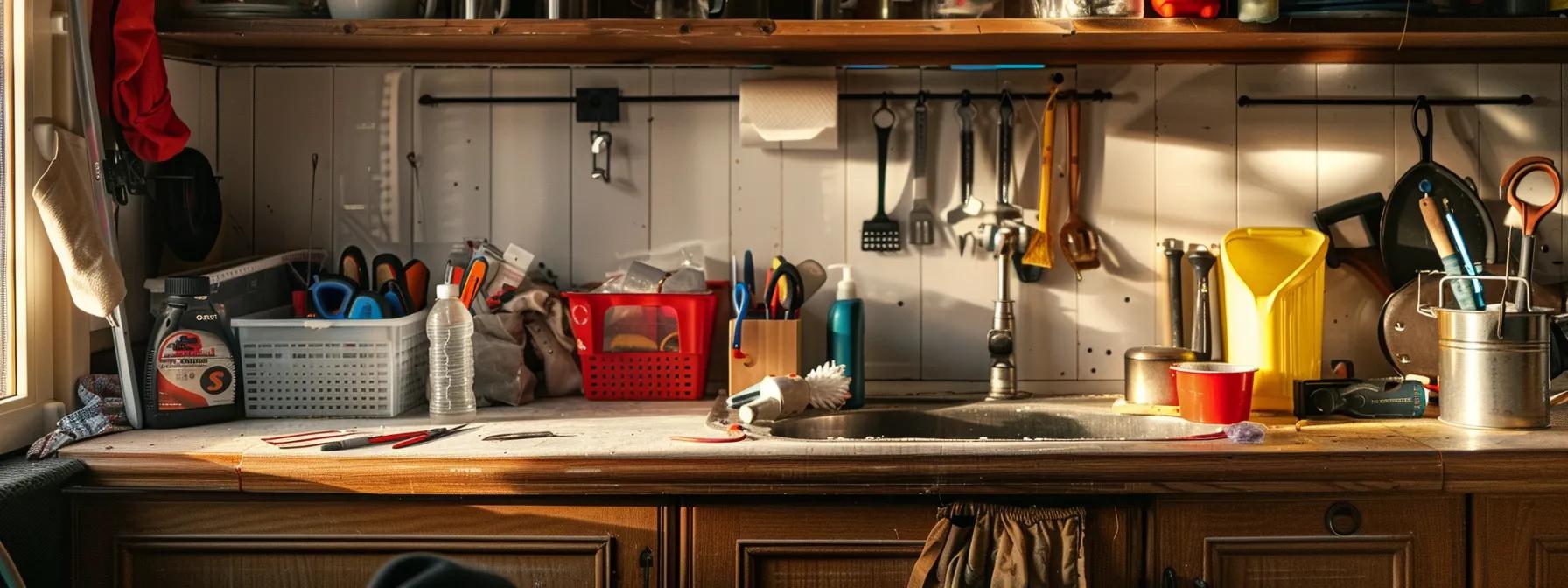
The first step in any repair process is safety. When dealing with a garbage disposal unit, ensuring your own protection by eliminating any risk of electrical shock or injury from sharp or moving parts is paramount. To begin with, it is essential to disconnect all power sources to your garbage disposal unit; this prevents any accidental startups while your hands are inside the machine. Additionally, gathering the correct tools for your repair task, such as a wrench, pliers, flashlight, and sometimes a credit card for dislodging debris, will guarantee an efficient repair process. Understanding key components of your waste disposal unit, including the impellers, the motor, and the grinding chamber, allows for precise identification of issues. Furthermore, wearing protective eyewear and gloves is crucial to protect you from sharp pieces of glass, metal, or debris that can be thrown out during the disassembly or repair stages. Taking these precautions not only preserves your health but also ensures that the repair process is proceeding in an organized, hazard-free manner. This systematic safety-first approach aligns with best practices in home improvement and plumbing, ensuring a safe working environment in the kitchen.
When performing a home repair, always disconnect the power.
Use appropriate tools and safety gear to minimize risk.
Understanding each component aids in proper diagnosis.
Identify the Specific Problem With Your Garbage Disposal Unit
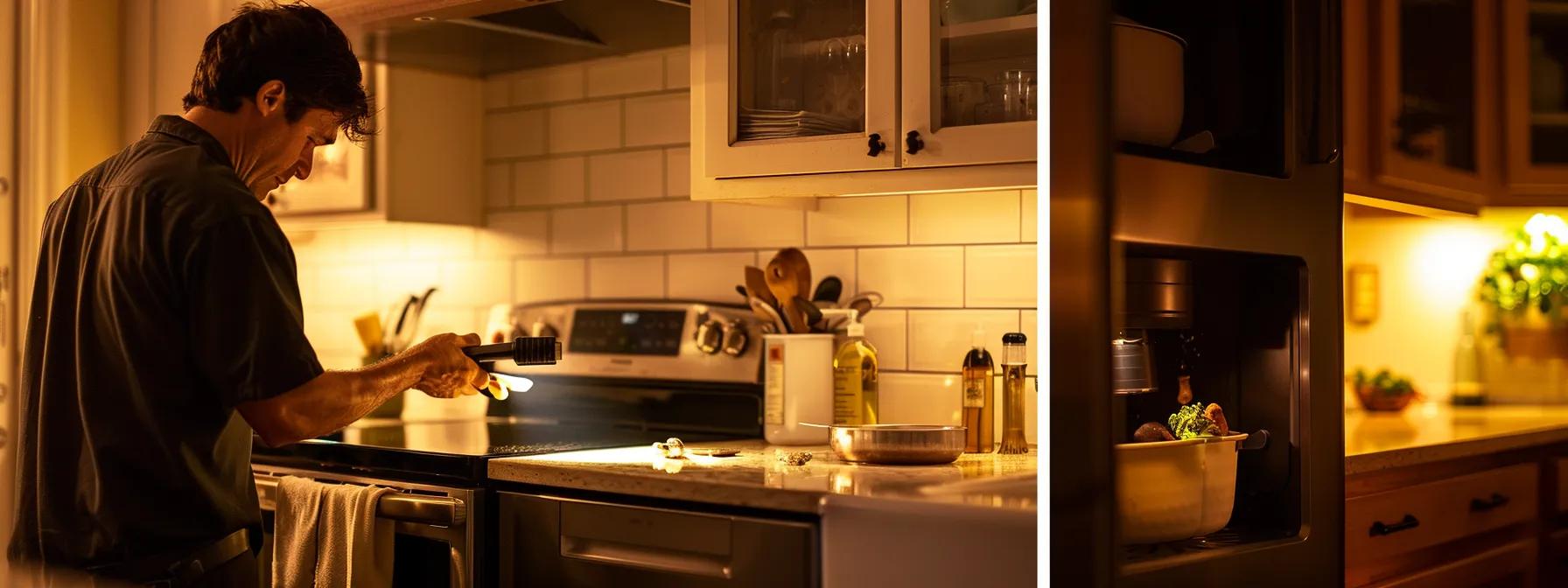
Identifying the underlying problem with your garbage disposal unit is crucial before initiating any repair work. The first diagnostic step is to determine if the unit is jammed or if it is simply emitting a humming sound, which can indicate different issues within the unit. A jammed unit typically means that debris or foreign objects are obstructing the impellers, halting the motor's rotation and causing the mechanical components to seize up. In contrast, a unit that only hums may point to electrical problems or a faulty motor capacitor rather than a physical blockage.
Next, listening for unusual noises emanating from the disposal is essential. A grinding sound might indicate that there is debris causing a jam, while a continuous humming noise may suggest that the motor is receiving power but cannot rotate due to an internal failure. Another vital check is to verify electrical power reaches the unit. Many times, the issue may not reside in the mechanical parts but in loose wiring or a tripped circuit breaker. Lastly, visually inspect the chamber for obstructions by using a flashlight. Look for food particles, bones, or other hard materials that may have lodged inside. This step-by-step diagnostic procedure allows homeowners to pinpoint the exact issue—be it a blockage, an electrical fault, or impeller damage—and then determine the most appropriate repair method to restore your kitchen appliance to proper working order.
Determine if the issue is a jam or an electrical problem.
Listen for specific noise patterns to understand the fault.
Verify power supply and visually inspect for debris.
Your Guide to Repairing a Jammed Waste Disposal Unit

Repairing a jammed waste disposal unit involves several methods to restore the normal function of the device. The initial step is to manually rotate the motor shaft to dislodge jams; this can be done using a hex wrench that fits into the special hole located beneath the unit. The manual rotation helps free any stuck debris and resets the motor's position. Once you have managed to rotate the shaft, the next step is to use tongs or pliers to remove any trapped debris from the grinding chamber. It is important to avoid inserting your hand into the disposal, even when it is unplugged, due to the potential presence of sharp objects.
After clearing out the debris, press the reset button, generally located on the bottom of the unit, to restore its electrical function. Many garbage disposal units are equipped with an overload protector that shuts off power if the motor overheats, and pressing the reset button can sometimes resolve this issue. Lastly, test the unit after clearing the obstruction by reconnecting the power and turning the unit on briefly to ensure that it operates without errors. If the unit runs smoothly, the jam has been successfully cleared. In cases where the issue recurs or if the unit continues to exhibit signs of a compromised motor or other internal damage, additional troubleshooting or professional intervention may be required. These procedures emphasize not only a thorough mechanical approach to troubleshooting but also a deep understanding of internal appliance dynamics, which is essential for successful home repair.
Manually rotate the motor shaft using the built-in hex wrench.
Carefully remove debris with tongs or pliers.
Reset the unit by pressing the built-in reset button to restore functionality.
Resolving a Humming Sound From Your Waste Disposal Unit
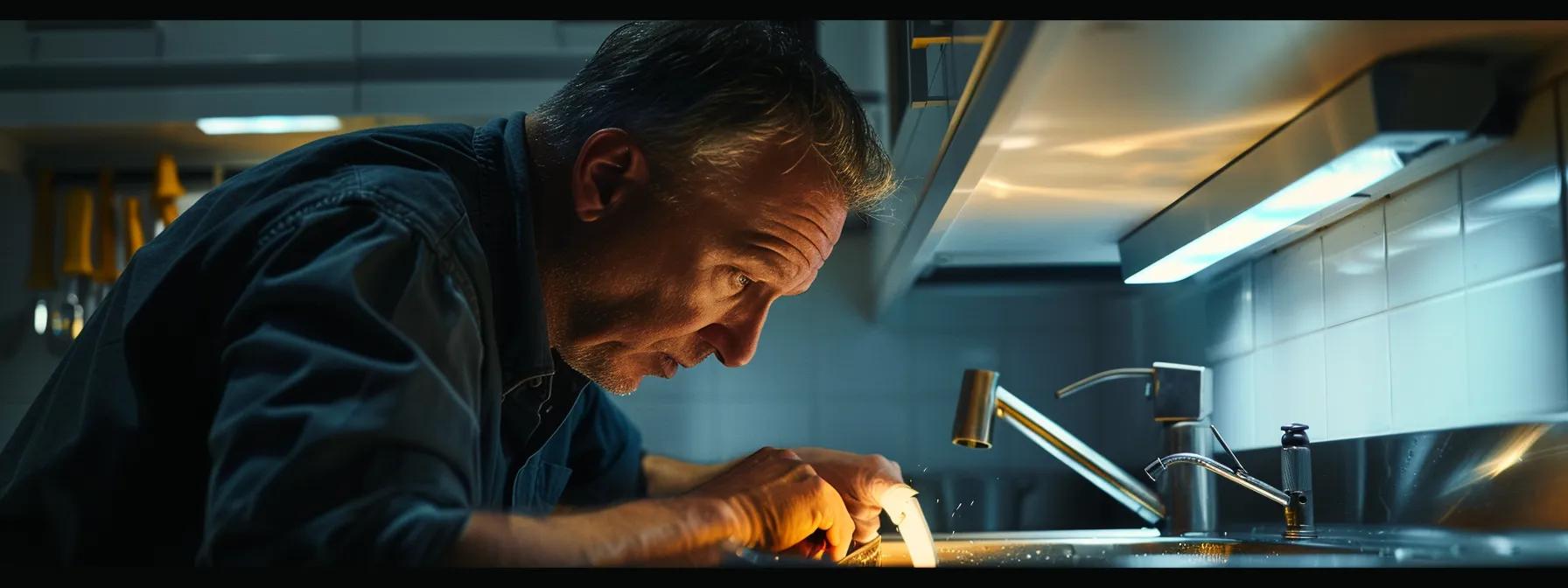
A continuous humming sound coming from your garbage disposal unit, without the accompanying rotation, is indicative of different underlying issues than a complete jam. In many cases, the hum may be caused by blockages that prevent the impellers from moving despite the motor being powered. To safely address blockages causing the hum, start by ensuring again that all power is disconnected, then carefully inspect inside the unit. Using a flashlight, check for any foreign material that might be restricting movement. Removing such blockages will often halt the humming noise and restore normal functionality.
Next, locate and engage the unit's overload protector. Many models incorporate an overload switch designed to cut off power during excessive use or when the motor overheats. Sometimes, simply resetting this protector can eliminate the persistent hum. If the hum continues even after resetting, it might indicate issues such as a malfunctioning starting capacitor. The starting capacitor provides the necessary boost to initiate the motor’s rotation; if it fails, the motor might receive sufficient power to produce a hum but not enough to start spinning. Inspecting the starting capacitor for faults could reveal a need for replacement, which is usually a straightforward fix. In such cases, consulting manufacturer guidelines or seeking professional advice may lead to the most efficient resolution. Following these outlined steps will help you systematically address the root causes behind a humming garbage disposal unit.
Address blockages first by removing any debris from the unit.
Engage the overload protector and reset as needed.
Diagnose capacitor issues if the hum continues after resetting.
Advanced Troubleshooting for Your Food Waste Disposer Repair
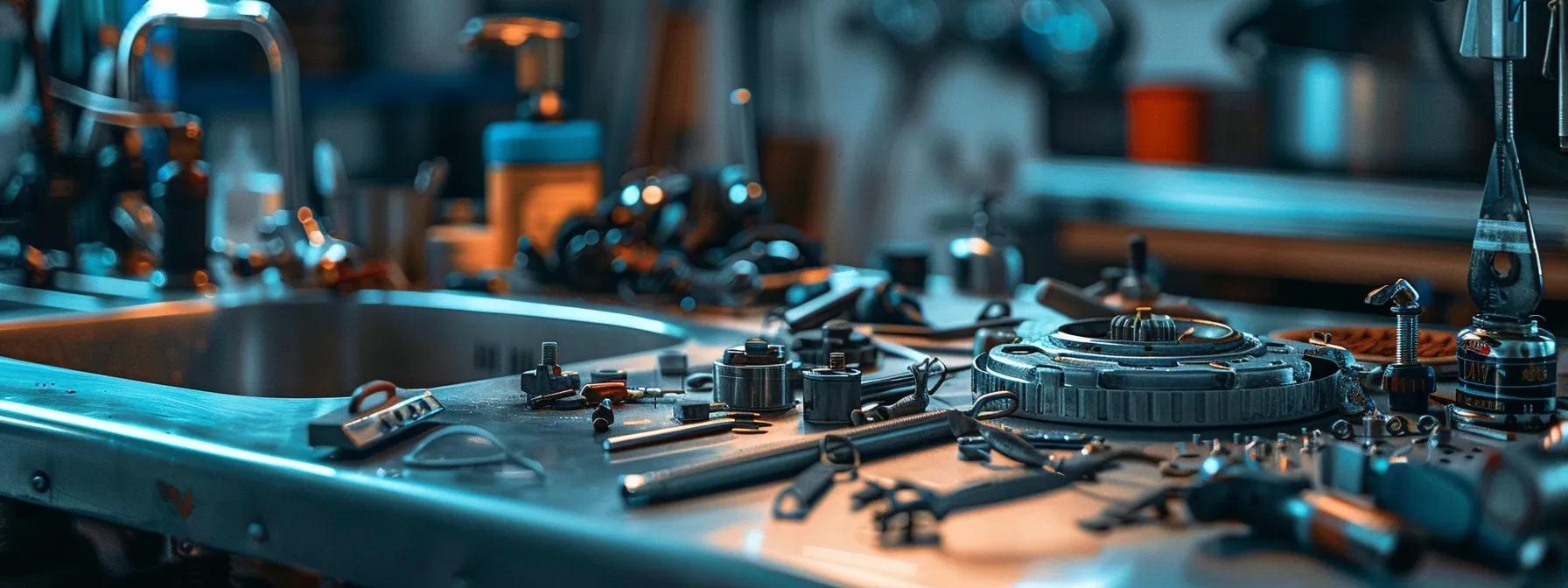
Advanced troubleshooting becomes necessary when basic repair methods fail to resolve your garbage disposal unit's issues. In cases where leaks originate from the disposal body or the attached pipes, the first step should be identifying the precise source of the leakage. This might involve checking seals, gaskets, or the flange connecting the disposal to the sink. Often, sealing compounds or replacement gaskets may be required. For those instances when your disposal shows no signs of power, meticulous inspection of the electrical connections, including wiring integrity and the status of circuit breakers, is crucial. A failed fuse or a tripped reset mechanism is frequently at fault.
Moreover, examining the impellers and the grinding chamber for any damage can prove essential. Over time, continuous use may lead to dents or wear in these components, which subsequently affects the overall performance and drainage efficiency. If the impellers are damaged, the unit might lead to inefficient grinding and even result in continuous humming as the mechanism struggles against an obstruction it cannot clear. Additionally, if you experience slow draining even after performing standard repairs, consider that residual debris may be blocking the system further down the plumbing line. In such cases, clogs in the drain pipes or accumulation of food waste in the disposal are common culprits. This comprehensive and advanced troubleshooting process emphasizes not just the resolution of immediate mechanical and electrical issues but also preventive measures to ensure long-term durability and efficient performance of your garbage disposal unit.
Inspect for any leaks around the disposal and connecting pipes.
Verify electrical connections and check for issues with wiring or fuses.
Examine impellers and grinding chamber surfaces for damage or wear.
Investigate further downstream for slow draining issues and possible clogs.
Knowing When Professional Waste Disposal Unit Repair Is Necessary
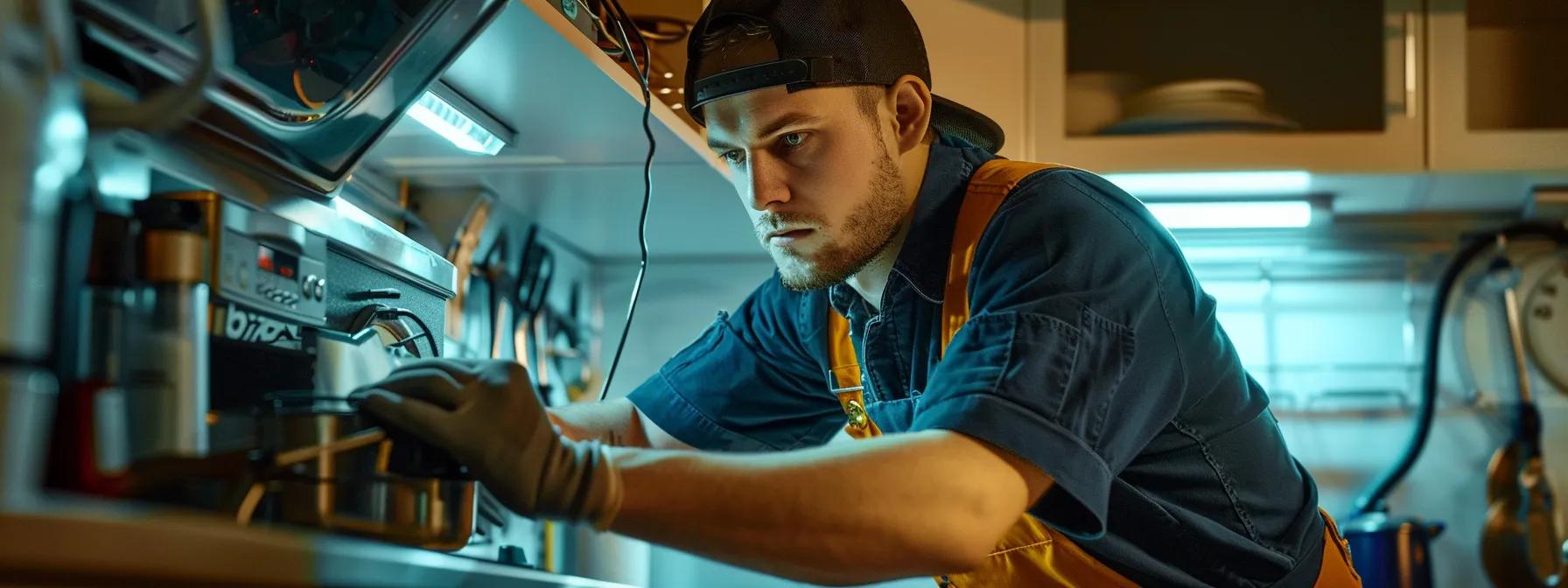
While many garbage disposal issues can be remedied with basic troubleshooting and repair techniques, some scenarios warrant the expertise of a professional technician. Recognizing indications of a failed disposal motor is critical. If regular repair attempts, including resetting, manual rotation, and debris clearing, do not restore normal function, the motor may be irreparably damaged or worn out. A persistent humming sound or a complete absence of power despite verified electrical connections are signals that the internal motor components or wiring have failed.
Moreover, if your repair attempts do not resolve the issue after performing all standard troubleshooting steps, then repeated failures signal a deeper fault that might extend beyond mere blockages or minor electrical issues. Persistent or recurring problems, such as leaks, consistent jams, or continuous hums even after resetting the unit, point to more significant internal damage. In such cases, the risk of causing further damage or personal injury increases significantly. It is then advisable to select a qualified technician for appliance service who has experience in dealing with waste disposal units. Professionals possess both the technical expertise and specialized tools required to conduct more advanced diagnostics and to perform safe, long-term repairs. This decision to call for professional help not only safeguards your home but also ensures compliance with warranty and safety guidelines, protecting you from potential hazards associated with DIY electrical repairs.
Continued issues despite DIY fixes may indicate a motor failure.
Recurring problems and persistent leaks require professional diagnostic tools.
Contacting a qualified technician ensures safe, lasting repairs.
Frequently Asked Questions
Q: How do I know if my garbage disposal is jammed? A: A jammed unit is typically indicated by a complete lack of movement when the motor runs, accompanied by unusual noises or no noise at all. You should first listen for grinding or humming sounds and safely inspect the unit for any visible blockages.
Q: What safety precautions should I take before repairing my garbage disposal? A: Always disconnect the power to the unit and wear protective gloves and eyewear. Use proper tools and never insert your hands into the disposal, even if it appears to be off.
Q: Why does my garbage disposal hum but not spin? A: A persistent humming sound often indicates that while electrical power is reaching the motor, it fails to rotate due to a blockage, a reset failure, or a malfunctioning starting capacitor that is unable to produce enough torque.
Q: When should I call a professional for garbage disposal repair? A: If your troubleshooting efforts—including resetting, debris removal, and electrical checks—do not restore proper function, or if you observe signs of recurring leaks and persistent operational issues, it is time to consult a professional.
Q: Can I use household items to clear a jam in my garbage disposal? A: Yes, you can use tools such as a wrench for manual rotation and tongs or pliers to remove blockages. However, exercise extreme caution and ensure the unit remains unplugged during repair.
Q: What are the risks of a faulty garbage disposal unit? A: A malfunctioning unit can lead to electrical hazards, water leaks, and structural damage from water exposure. It can also cause poor drainage and undesirable kitchen odors, affecting overall home safety.
Final Thoughts
In conclusion, troubleshooting and repairing a jammed or humming garbage disposal unit can be safely handled if you follow a structured, safety-focused approach. By carefully identifying the specific problem and following detailed repair instructions, homeowners can often resolve the issue without professional help. However, persistent or complex problems should prompt a call to a qualified technician. This guide provides actionable steps to ensure efficient, effective repairs and long-term reliability of your appliance.